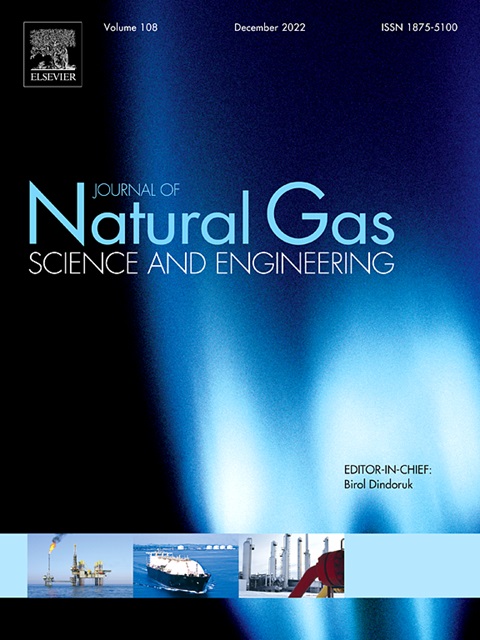Matrix shrinkage is a factor that must be considered in the dynamic permeability model of coal reservoirs. The mechanism of matrix shrinkage affecting confining pressure (confining pressure mechanism) has been modeled by analogy with thermal expansion, and it is widely used in permeability model construction. However, the mechanism of matrix shrinkage affecting porosity (porosity mechanism) has not been widely recognized and modeled, and this mechanism independently controls porosity even though neither confining pressure nor pore pressure changes (only the replacement of different adsorbed gases occurs). The porosity mechanism and a permeability model that takes into account the dual mechanism have been modeled recently. This study compares the two mechanisms of matrix shrinkage by theoretical analysis of the mathematic relations in the permeability models considering different mechanisms and by finite element numerical simulations of coalbed methane development considering different mechanisms. Theoretical analysis shows that the effect of the porosity mechanism on permeability is more than 1.5 times that of the confining pressure mechanism. the numerical simulations results show that: considering the porosity mechanism and the confining pressure mechanism simultaneously allows for a larger and earlier improvement in permeability and a larger reservoir area to improve, and a significant improvement of 28% in gas production rate occurs compared with the case only the confining pressure mechanism were considered. This study reveals the importance of porosity mechanism in describing the dynamic evolution of reservoir permeability and production dynamics accurately, and provides a scientific basis for coalbed methane development.


